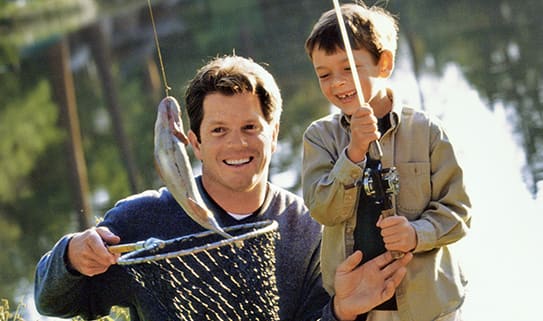Get your holiday orders today. Same-Day Pick Up* or Delivery** available.
Learn MoreWe're STILL Shipping! Orders will be delivered through our trusted carriers.
Learn MoreHOW TO CHOOSE BASS FISHING EQUIPMENT
Bass fishing is an exciting activity that can be enjoyed by the entire family. Choosing the proper gear will make it easier for you to be successful.
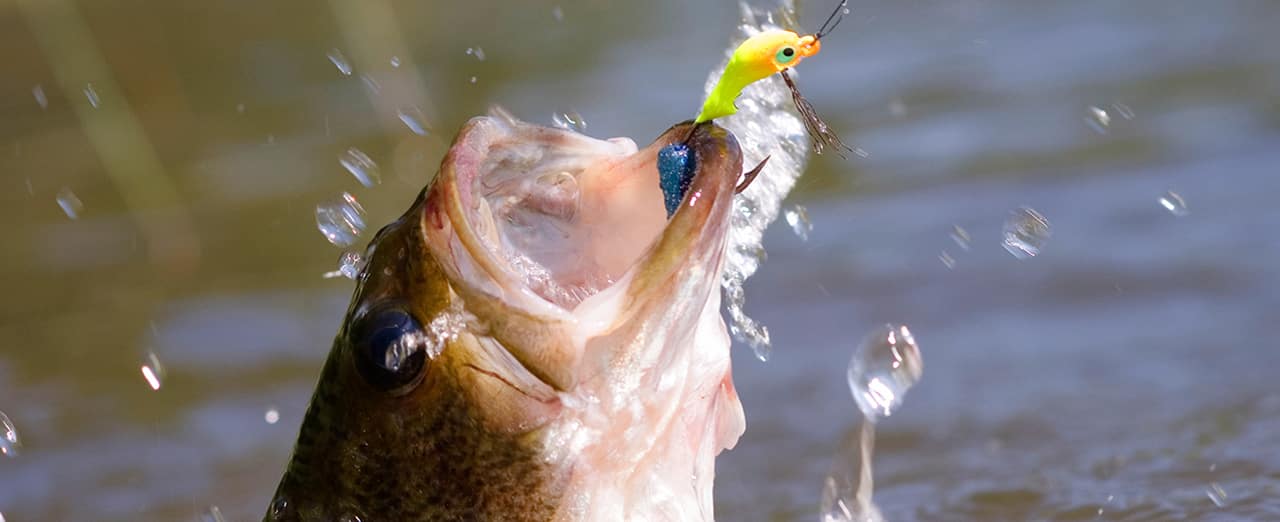

- RODS
- REELS
- COMBOS
- FISHING LINE
- LURES AND SOFT BAITS
- BOXES
- TYPES OF BASS
- LICENSE
Spinning rods
Spinning rods should be accompanied with a spinning reel. The reel seat faces down and they have larger guides than casting rods, which helps to manage line on casts. Spinning rods are more versatile and often used in a multitude of scenarios.
See Spinning Rods >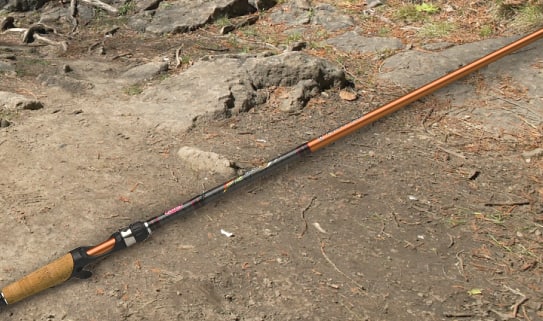
Casting rods
Casting rods are generally used by intermediate to avid anglers and are more powerful than spinning rods. The reel's seat faces up and should be fished with a low profile bait cast reel. They are typically used with heavier weight lines when fishing amongst weeds and stumps.
See Casting Rods >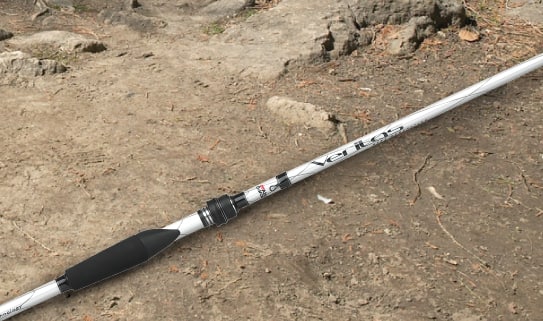
Spinning reels
Spinning reels are the most common reel on the market and are versatile enough that they can be used by anglers of all skill levels. The spool is exposed on the outside of the reel, which allows for easier access when spooling new line or dealing with line twist.
See Spinning Reels >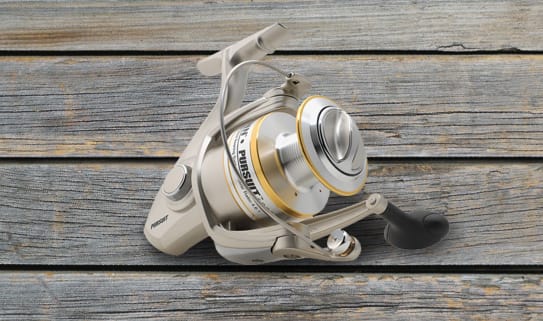
Spin cast reels
Spin cast reels are a great choice for beginner or intermediate anglers because of their ease of use. The covered spool protects against line tangle. Casting tends to be easier, but they will not cast as far as a spinning reel.
See Spin Cast Reels >
Baitcasting reels
Baitcasting reels are more popular with advanced anglers for their casting distance and accuracy, powerful retrieves and tackle handling abilities. Anglers can control the speed at which the spool turns and the distance the fishing line travels.
See Baitcasting Reels >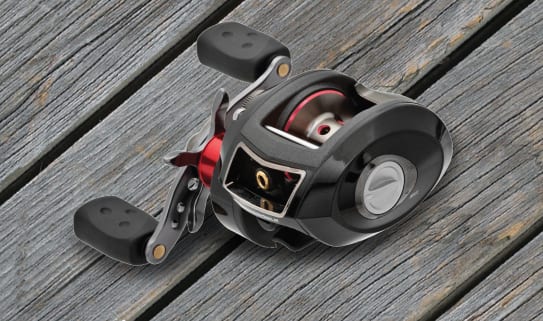
Spinning combos
Spinning combos have an open face (spinning) reel and larger guides. The larger guides help manage your line and allow you to cast farther. They are a great choice when using lighter lures such as small crankbaits, grubs and tubes. Spinning combos are easy to use and are a popular choice by anglers of all skill levels.
See rod & reel combos >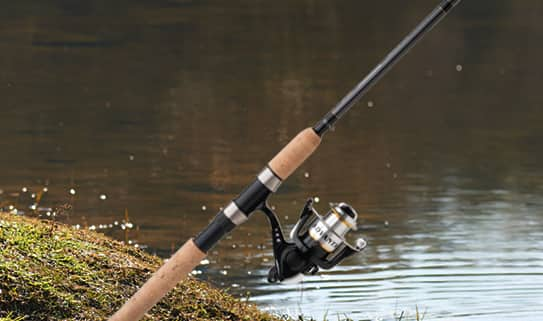
Spincasting combos
Spincasting combos have a closed faced reel and are most commonly used by beginner anglers. They are easy to use and come pre-spooled with line.
See rod & reel combos >
Baitcasting combos
Baitcasting combos have a low profile casting reel that sits on top of the rod for an ergonomic feel. They are designed to use heavier lines and are a great choice when using larger lures like deep diving crankbaits, spinner baits and flipping jigs.
See rod & reel combos >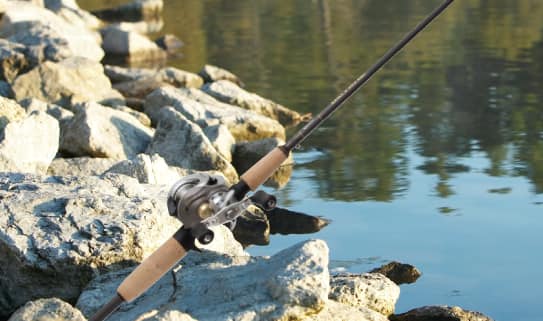
Monofilament
Monofilament is generally more forgiving than any other fishing line. You can tie just about any kind of knot with mono without having to worry about it slipping. It can also offer more stretch than any other line, which acts as a shock absorber on bigger fish, helping you land that trophy. It is recommended that you use 6-12 lb. test line for bass.
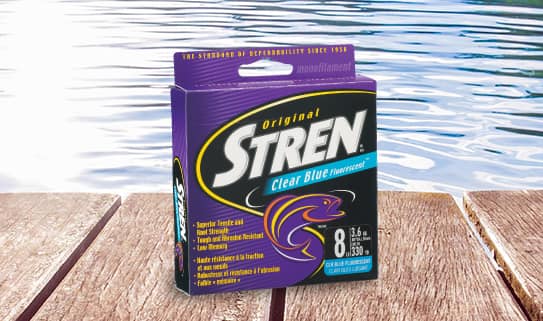
Braided or fused lines
These lines are the ultimate in sensitivity because they have zero stretch, which means you feel everything. They're typically thinner, allowing greater line capacity on the spool. Standard fishing knots tend to slip with braid and fused line, so it is highly recommended that you tie a palomar knot. It is recommended to spool up 15-50 lb test line for bass depending on the conditions you are fishing.
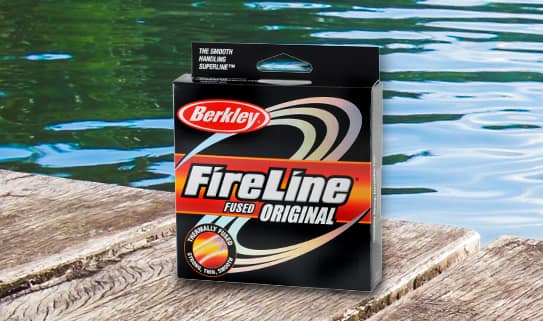
Fluorocarbon
Fluorocarbon is a popular choice with anglers since it has the same refractive index to water, making it virtually invisible to fish. It sinks and has more abrasion resistance than many nylon monofilaments, which is why many anglers connect fluorocarbon to their braided line and use it as leader material. It is recommended to use 8-20 lb test line for bass.

Soft plastic
Soft plastic lures come in many different shapes, sizes and colours. When selecting the best bait, you should consider what type of bass you will be fishing for. A variety of conditions, like water colour and clarity, will dictate which colours should be used to increase success.
See Soft Plastic lures >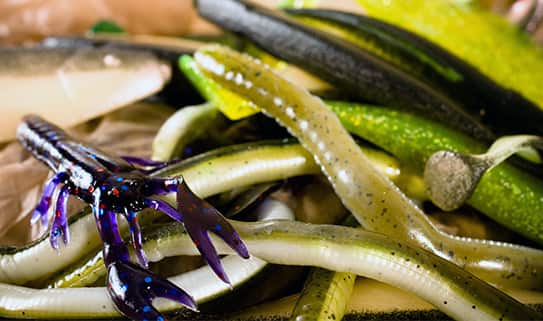
Spinner baits
Spinner baits create a lot of flash and turbulence, which mimics the wounded bait that naturally attract bass in the wild. These baits come in a variety of different colours and weights and are typically weedless to allow fishing in different depths and conditions.
See Spinner Baits >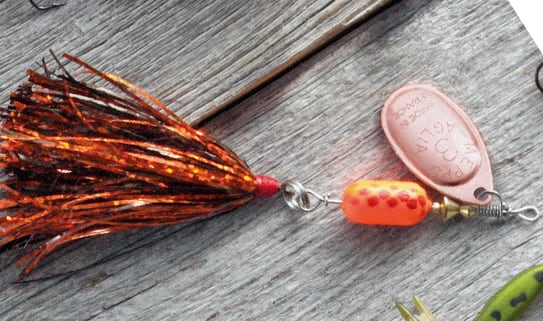
Topwater lures
Topwater lures can be one of the most exciting techniques to fish because of the aggressive strike. These surface baits are buoyant and are typically jerked or twitched across open water or over lily pads to imitate frogs, mice, minnows or insects that bass feed on.
See Topwater lures >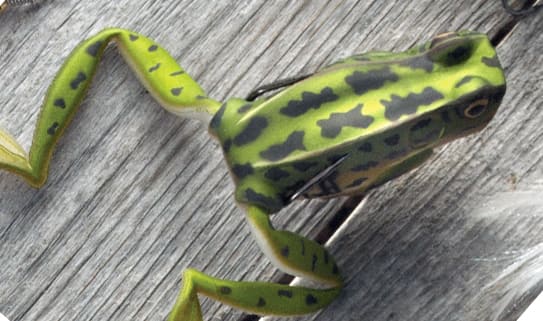
Crankbaits
Crankbaits come in a variety of shapes, sizes and colours. These types of baits imitate minnows and other types of swimming prey. The lip of the crankbait is designed to get the bait down to a specific depth. Generally the larger the lip, the deeper the crankbait will dive.
See crankbaits >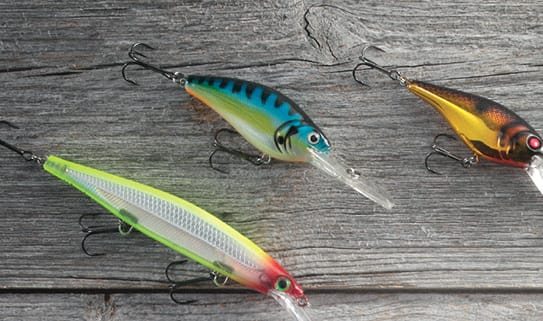
Soft tackle boxes
Soft tackle boxes allow anglers to customize how they organize their tackle. Most come with plastic trays that can easily be removed and have several zipper pockets for additional storage.
See tackle boxes >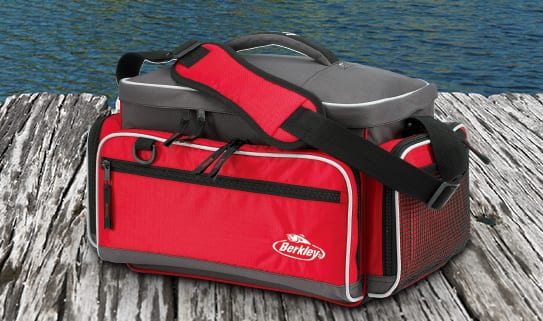
Hard tackle boxes
Hard tackle boxes have a tier shelf system that lifts up when the lid is opened, making it an efficient way to store all your tackle. The hard shell offers protection during transportation and keeps your gear dry if left outside.
See tackle boxes >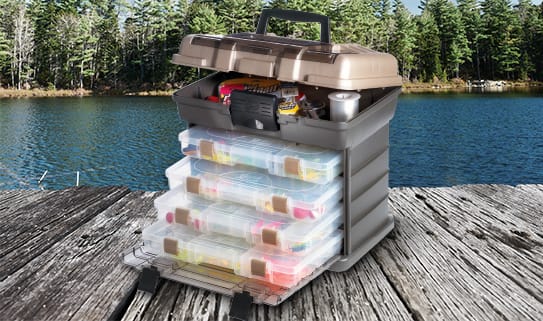
Largemouth bass
Largemouth bass are known for their fight with explosive strikes and impressive acrobatics. They are a shallow water fish that can often be found around submerged logs and underneath lily pads. Largemouth generally feed on baitfish, frogs, crayfish and insects. Don’t forget to check your local regulations to make sure they are in season before you plan to go fishing.
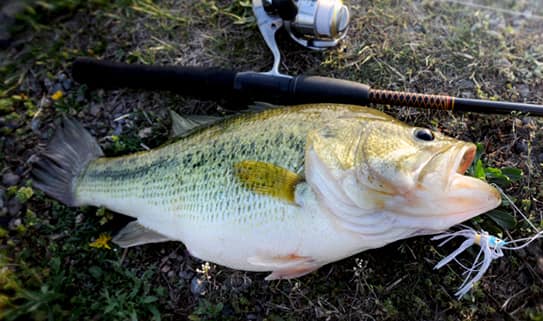
Smallmouth bass
Smallmouth bass are very aggressive and often jump completely out of the water when the fight is on. They can be found in varying conditions in rivers, streams and lakes with rocky shorelines. Smallmouth generally feed on crayfish, insects and minnows. Don’t forget to check your local regulations to make sure they are in season before you plan to go fishing.
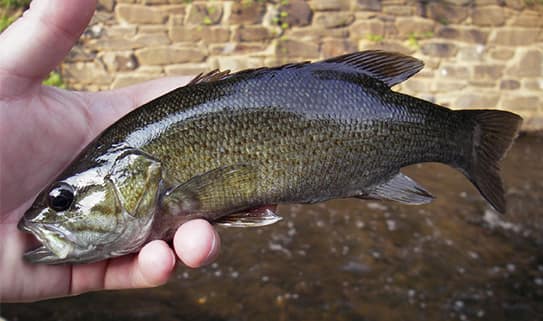
Bass fishing season
It is recommended that you visit your Ministry of Natural Resources Provincial website to determine when bass season opens in your area. The most popular months to fish bass are July, August and September, when the water temperatures are warmer and the fish are generally more aggressive.
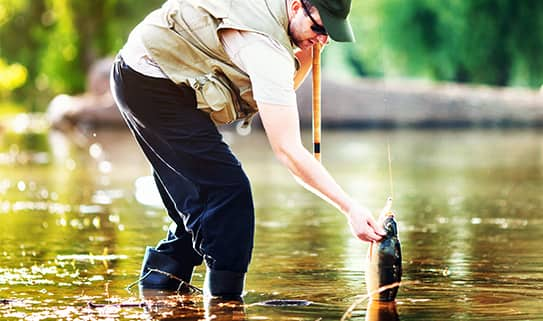
Don’t forget your fishing license
To start fishing, you will need to obtain a valid fishing license. Visit your provincial Ministry of Natural Resources website to learn more about the regulations and how to purchase a fishing license.
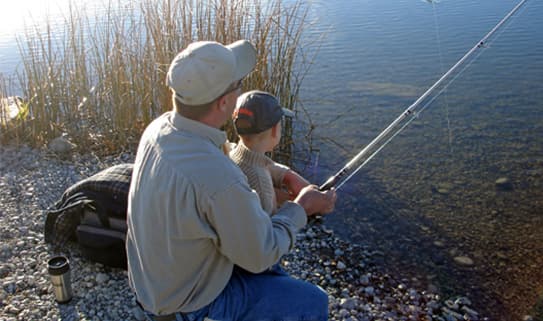
Catch and release
When possible, remember to practice catch and release when fishing to help preserve fish populations for the future of fishing in Canada.
